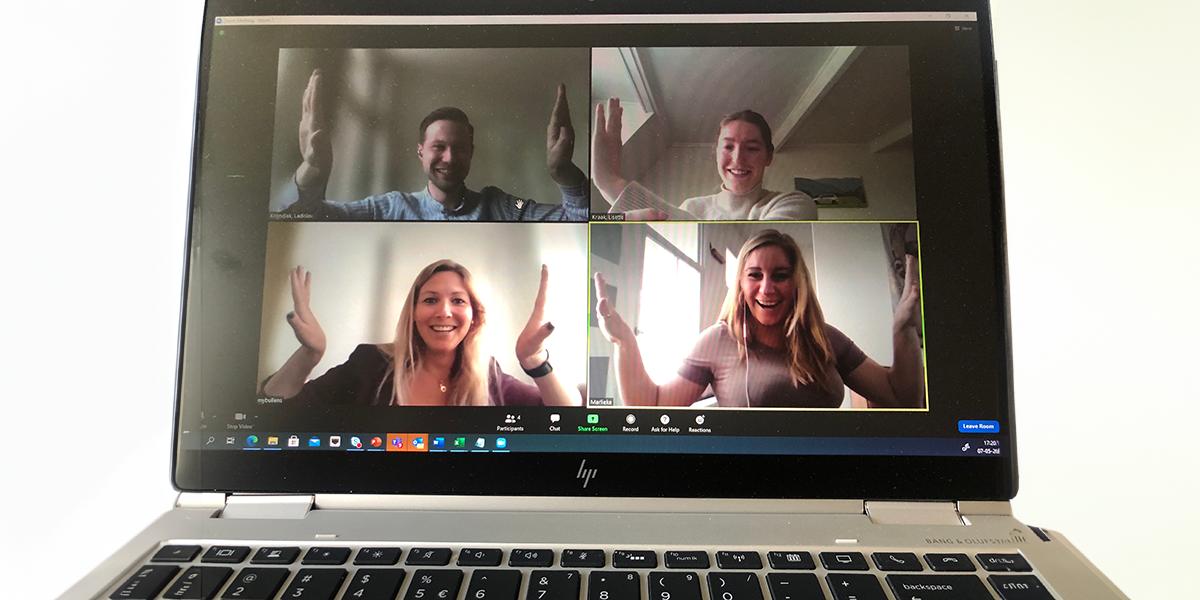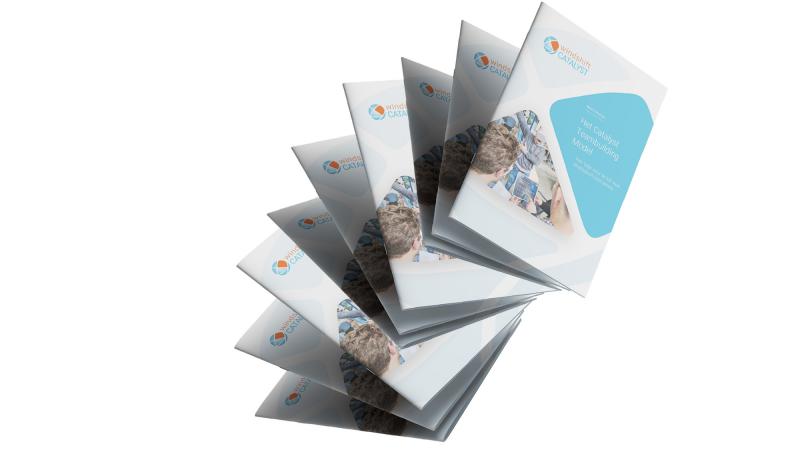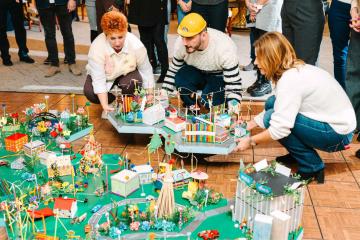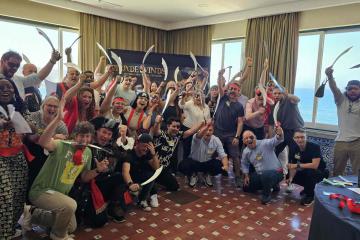Getting compliments. Everyone likes it, and yet it happens far too little. Where we used to be able to high-five a meeting, nowadays it is a bit more difficult from your home office and from behind a screen. Or show appreciation. Easy to say when you meet at the coffee machine, but to compose a whole email for ... These are both examples that fall under Kindness. Because Kindness can't really be translated comprehensively, I'll stick to the English term. But what exactly is Kindness? And in which 7 steps do you achieve Kindness in the workplace?
What is Kindness?
Kindness is a human skill and includes all forms of appreciation. Just that token of appreciation by giving a compliment, taking the time to listen to someone or asking how something went. In this article, I mainly focus on Kindness in the workplace, although you can just as easily extend it to private.
Also interesting: Top 6 team building activities to practice Human Skills
What are the benefits of Kindness?
First of all, being appreciated in the workplace leads to fewer burnouts and lower absenteeism, according to Gallup-research time and time again. Kindness also provides a higher degree of meaning-making. This is because the other person's perspective is positively influenced, as well as the way we look at ourselves, as it turns out. Finally, giving compliments can lead to higher happiness than receiving compliments. So I was a bit wrong in my intro.
If you translate this to the workplace, you will soon see that Kindness leads to a much more sustainable and pleasant working relationship.
How do you achieve Kindness in the workplace? 7 steps
To achieve Kindness in the workplace, I like to use the step-by-step plan of Random acts of Kindness. To create a culture of Kindness, it is important that these steps apply to everyone. So whether it's your team, boss or remote freelancers, Kindness is about everyone.
Setting the tone
The most important first step is to make clear what you expect from others. Ask yourself what employees think of the company, the team and the work environment.Do you think it's positive, honest, flexible and together? To make clear what you expect from others and so to set the tone, gratitude is a convenient and strong tool. Both giving and receiving gratitude, even if only in the form of saying 'thank you', directly contributes to a culture of Kindness.
Exhibit desired behavior
By displaying desired and transparent behaviour, you encourage colleagues to do the same by exhibiting behaviour. So, no frills and judgments, but just being who you are so that others can also be who they are. Simply greeting colleagues and asking how their weekend went also helps. This way, they feel seen as part of the team and connected. And all by just greeting them.
Creating a safe and positive environment
Creating a safe and positive environment makes room for discussions in which everyone's opinion matters. And I don't necessarily mean negative discussions, but brainstorming or other ways to develop new ideas. Make sure everyone dares to speak out, and thank them after they have done so. And if you feel that some are lagging behind, try organizing an activity outside the workplace.
Focus on strengths, mistakes and growth
For most employees, it's easy to name strengths. After all, that's what they were selected for. But often, other, more hidden, strengths also emerge over time. And that is exactly what you want to respond to. Does someone work as a sales manager, but does this manager also know how to write nice pieces? Involve him or her in a marketing campaign. Just make sure it's okay to make mistakes. In fact, activate to make mistakes. It is precisely outside the box that the most beautiful ideas come to fruition.
Trust, boundaries and matter
Trust and boundaries are inextricably linked. Without borders, there is no trust, and without trust, there are no borders. Therefore, make sure you have strong and well-thought-out boundaries. Involve the whole team in this so that the very people who have to propagate them are involved from the first moment.
Communication and Collaboration
Often, people think they are on their own for something. Or that they are the only ones who can perform a certain task.Or both. It is, therefore, very important that there is a culture of communication and cooperation. One should feel alone in anything, and interpersonal relationships are so important. Do you still have trouble with this as a manager? Then try the following tips:
- Personal: Put yourself in the other person's shoes and pretend they are family or friends
- Self-aware: If you understand yourself, you are more likely to understand others as well
- Selfless: It's not about you; it's about the people and the organization
- Compassion: Ask everyone a simple question, even if it's just "How's your day?"
Celebrate
This last step is particularly close to me because in everything we do, fun always comes first. So I can't help but applaud the fact that things need to be celebrated to create a culture of Kindness. Research by Globoforce shows that almost 50% of employees would switch jobs if they received more recognition. And that while it is so easy to solve. It's about gratitude, appreciation and recognition again. You don't always have to celebrate when someone hits a target, although that's still fun; the little things do it. As Dale Carnegie says:
“People work for money but go the extra mile for praise and rewards.”
Conclusion
Whatever role you have within a company, everyone is needed to create that culture of Kindness. Just as everyone will benefit from it, do you feel a profit can be made on one or more of the 7 steps? Then you have already taken a nice first step with this. And if I can help you even further at an organization with a little more Kindness, I would love to hear from you.





